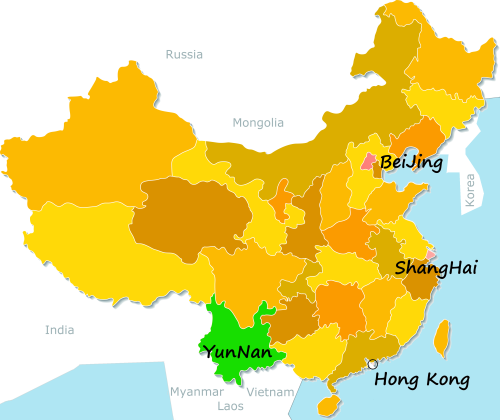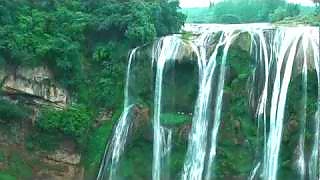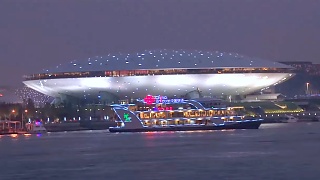With DuckTravel ...
[640],shadow=true,start=,stop=
Live more ...
 Shangri-la walking tour, YunNan province
Shangri-la walking tour, YunNan provinceWith DuckTravel ...
[640],shadow=true,start=,stop=

|
Daylight robbery.
With Reports on China ...
With Ben Norton ...
With Daniel Dumbrill ...
|

|

|
Discover the world's best futuristic city lights show, in GuangDong province, China ...
|

|
In GuiZhou province.
|

|
The Shanghai World Expo, 2010 ...
|

|

|
|

|
蓝草的一生?蓝印花布的一生?还是李子柒花裙子的一生
Calico is a plain-woven textile made from unbleached cotton.
Li ZiQi demonstrates her techniques with this traditional art and craft ...
|